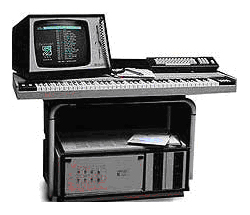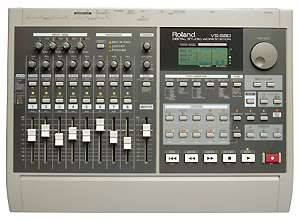
Plug In Here
The year 1994 marked a turning point.
The ability for third-party software plug-ins to add specialized functions to existing Sound Designer II and Pro Tools software, including custom EQ, reverb and other DSP options, opened up a wealth of creative options. Waves, Jupiter Systems, Arboretum Systems and other rose to the challenge.
Later that year, Digidesign unveiled its TDM system, a new open-architecture multichannel, 24-bit digital audio bus for Pro Tools that offered virtually unlimited opportunities for plug-in developers.
And with the introduction of PowerPC-based, G3- and G4-based Macintosh models, a number of companies – including Opcode, OSC and Alaska Software – developed DAW software that ran on a Mac’s native DSP.
Though PC- and Mac-based systems held the leading edge, other proprietary solutions took hold, particularly in the low-end MI market.
These stand-alone systems eliminated the need to hook up outboard I/O boxes to NuBus, PCI or similar interfaces, not to mention external monitors and hard drives.
In 1996, Roland launched the VS-880 Digital Studio, which combined an eight-track disk recorder/editor with a 14-channel digital mixer.

Though other developments since that time have spotlighted the one-stop approach (some employing MiniDisc storage), the component-system approach catered with greater success to users determined to extract the last ounce of DSP from components.
Choosing sub-units that can be mixed-and-matched to form the type of DAW configuration—one which provides exactly the type of multichannel recording, editing and mixing—has an undeniable appeal.
Today’s DAW market leaders are the culmination of a legacy that reaches back to the late 1970’s.
We take for granted 24-bit/192 kHz recording, high-speed sample-accurate editing functions and multi-channel surround-sound mixing with sophisticated DSP-performance that would have seemed a dream less than 30 years ago.
The times, as they say, truly are constantly a’ changing.
